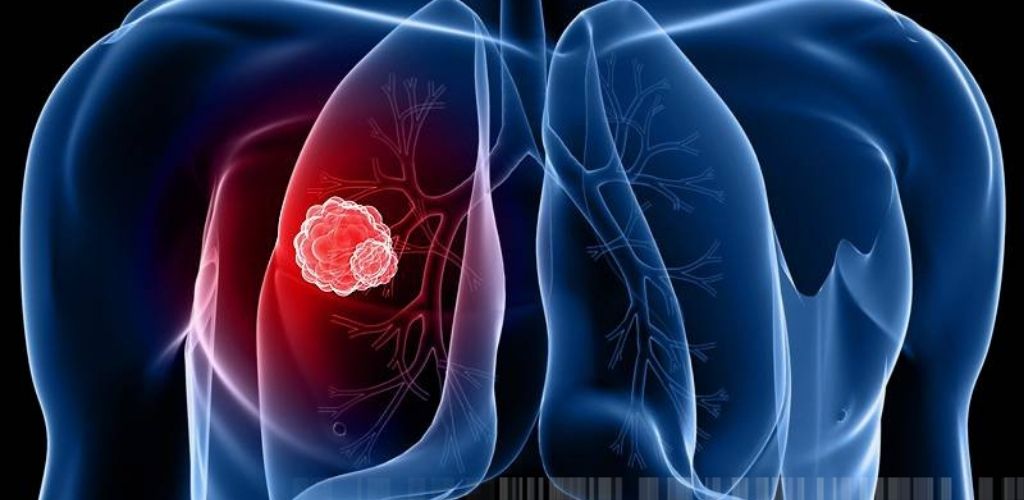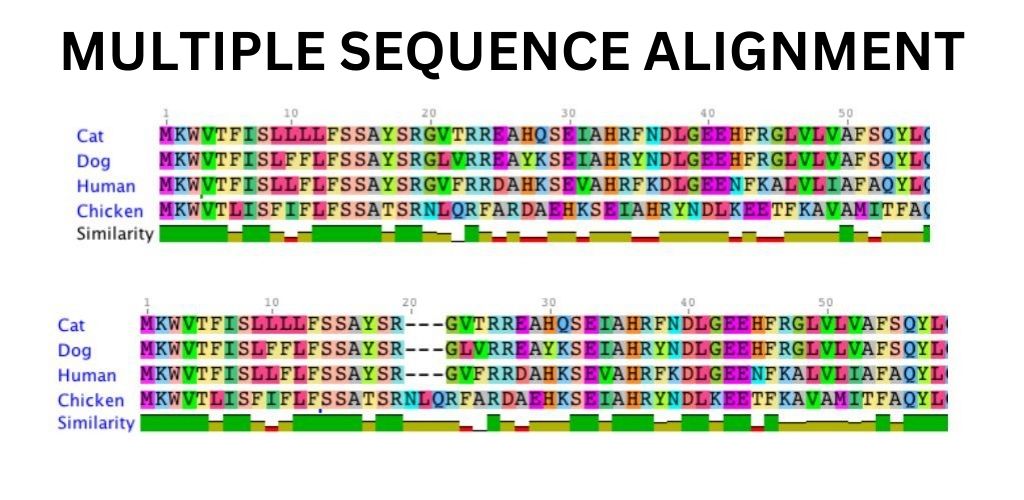The Role of Next-Generation Sequencing (NGS) in Advancing Breast Cancer Research
Next-Generation Sequencing (NGS) has emerged as a transformative tool in breast cancer research, providing unprecedented insights into the intricacies of this pervasive disease. This blog post aims to delve into the applications of NGS in studying breast cancer, elucidating its methodologies, outcomes, and implications. As the most prevalent cancer among women globally, breast cancer’s multifaceted […]
The Role of Next-Generation Sequencing (NGS) in Advancing Breast Cancer Research Read More »










